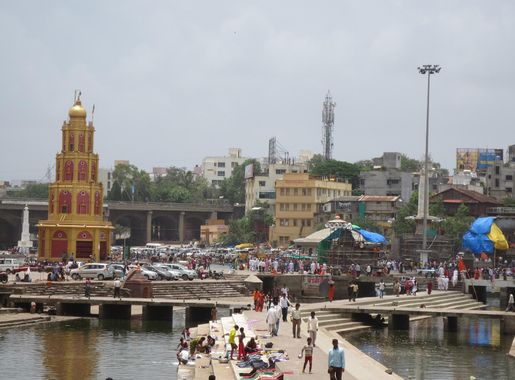
Nashik: The Vineyards and Temples Haven
Explore Nashik: India's Wine Capital and Spiritual Hub, where ancient temples meet modern vineyards, offering a rich blend of culture, history, and natural beauty.
Nashik, located in the western state of Maharashtra, India, is a city that seamlessly blends ancient traditions with modern advancements. Known as the Wine Capital of India, Nashik is famed for its sprawling vineyards and wine festivals that attract connoisseurs from around the globe. The city's lush landscape and favorable climate make it a perfect destination for wine tourism, offering a unique experience to sample some of the finest wines in the country. But Nashik is not just about wine. The city holds immense religious significance and is often referred to as one of the holiest places in Hindu mythology. It is home to the Kumbh Mela, one of the largest religious gatherings in the world, which takes place every twelve years. Pilgrims flock to Nashik to visit the sacred Godavari River and the iconic Trimbakeshwar Temple, one of the twelve Jyotirlingas dedicated to Lord Shiva. For those interested in history and architecture, Nashik offers a treasure trove of ancient temples, forts, and caves. The Pandavleni Caves, dating back to the 3rd century BC, provide a glimpse into the life of Buddhist monks. The city is also known for its vibrant festivals, including the famous Nashik Dhol, which adds a rhythmic backdrop to the city's lively atmosphere. Whether you're a spiritual seeker, a history buff, or a wine enthusiast, Nashik offers a rich tapestry of experiences that cater to every kind of traveler. Its unique blend of heritage, culture, and natural beauty makes it a must-visit destination in India.
Local tips in Nashik
- Visit during the grape harvest season (January to March) for the best vineyard tours and wine-tasting experiences.
- Attend the Kumbh Mela if you visit in a Kumbh year for a once-in-a-lifetime spiritual experience.
- Make sure to visit the Trimbakeshwar Temple early in the morning to avoid long queues.
- Hire a local guide when exploring the Pandavleni Caves to get detailed insights into their history and significance.
- Try the local cuisine, especially the Maharashtrian thali, to get a taste of regional flavors.
Neighbourhoods in Nashik
Nashik: The Vineyards and Temples Haven
Nashik, located in the western state of Maharashtra, India, is a city that seamlessly blends ancient traditions with modern advancements. Known as the Wine Capital of India, Nashik is famed for its sprawling vineyards and wine festivals that attract connoisseurs from around the globe. The city's lush landscape and favorable climate make it a perfect destination for wine tourism, offering a unique experience to sample some of the finest wines in the country. But Nashik is not just about wine. The city holds immense religious significance and is often referred to as one of the holiest places in Hindu mythology. It is home to the Kumbh Mela, one of the largest religious gatherings in the world, which takes place every twelve years. Pilgrims flock to Nashik to visit the sacred Godavari River and the iconic Trimbakeshwar Temple, one of the twelve Jyotirlingas dedicated to Lord Shiva. For those interested in history and architecture, Nashik offers a treasure trove of ancient temples, forts, and caves. The Pandavleni Caves, dating back to the 3rd century BC, provide a glimpse into the life of Buddhist monks. The city is also known for its vibrant festivals, including the famous Nashik Dhol, which adds a rhythmic backdrop to the city's lively atmosphere. Whether you're a spiritual seeker, a history buff, or a wine enthusiast, Nashik offers a rich tapestry of experiences that cater to every kind of traveler. Its unique blend of heritage, culture, and natural beauty makes it a must-visit destination in India.
When is the best time to go to Nashik?
Iconic landmarks you can’t miss
Sula Vineyards
Explore Sula Vineyards, a picturesque haven in Nashik, Maharashtra, for exquisite wine tasting and breathtaking scenic views.
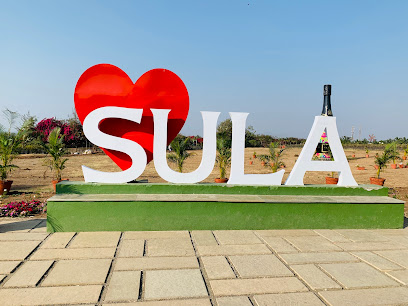
Muktidham Mandir
Explore Muktidham Mandir, a stunning Hindu temple in Nashik, renowned for its intricate architecture and serene spiritual atmosphere.
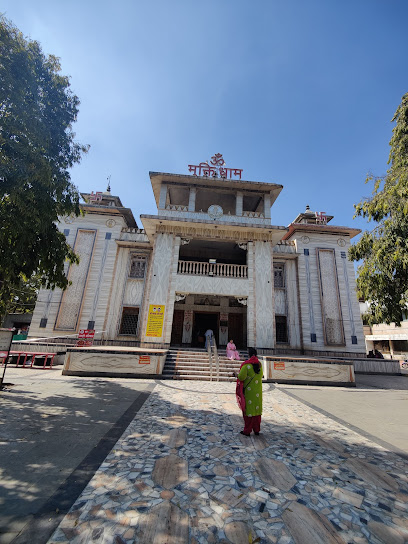
Shree Kalaram Mandir Sansthan
Explore the spiritual essence of Nashik at Shree Kalaram Mandir, a historical Hindu temple adorned with stunning architecture and rich cultural heritage.
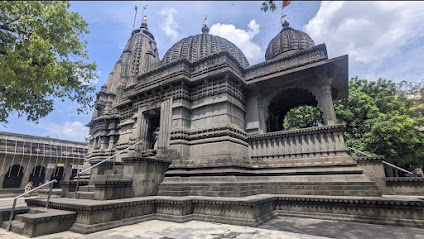
Pandav Leni Caves
Discover the ancient beauty of Pandav Leni Caves in Nashik, a historical landmark showcasing exquisite rock-cut architecture and rich Buddhist heritage.
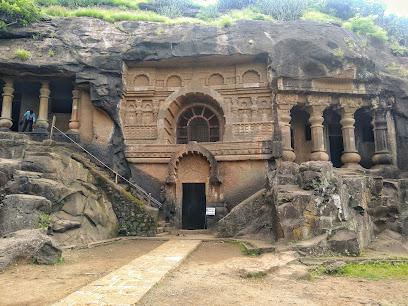
Someshwar Water Fall
Experience the breathtaking Someshwar Waterfall, a natural gem in Nashik, Maharashtra, perfect for relaxation, adventure, and refreshing escapes.
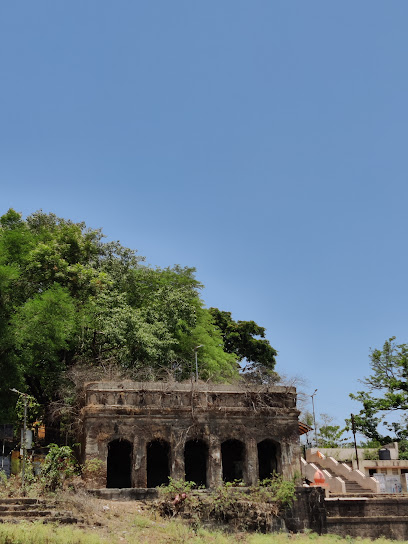
Sita Gufa
Discover the serene beauty and sacred significance of Sita Gufa, an enchanting Hindu temple in Nashik, Maharashtra, ideal for spiritual seekers and history enthusiasts.
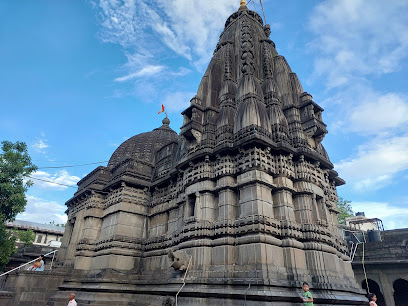
Harihar Fort
Explore the breathtaking beauty and rich history of Harihar Fort, a must-visit hiking destination in Maharashtra.
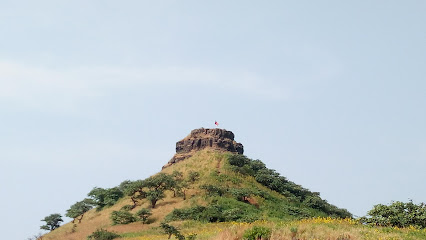
Ashok Stambh
Explore the historical charm of Ashok Stambh in Nashik, Maharashtra, a must-visit landmark that embodies the cultural heritage of the region.
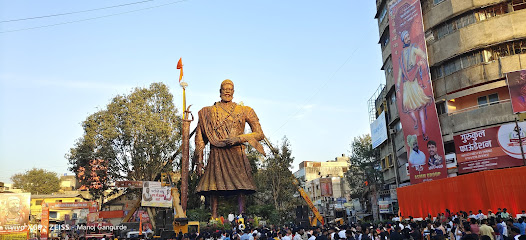
Shree Kapaleshwar Mahadev Mandir
Discover spiritual serenity and stunning architecture at Shree Kapaleshwar Mahadev Mandir, a must-visit Hindu temple in Nashik, Maharashtra.
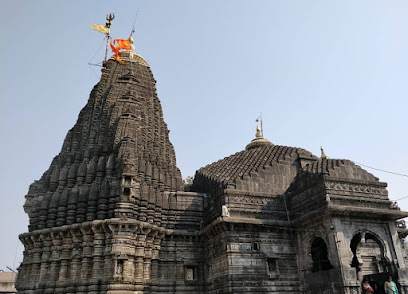
Budha Halwai (Famous Jilebi)
Experience the sweetness of Nashik at Budha Halwai, where the famous Jilebis and authentic Indian sweets await to delight your taste buds.
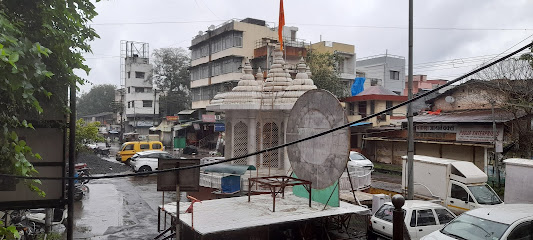
Ramshej Fort
Explore the rich history and breathtaking landscapes of Ramshej Fort, a perfect blend of adventure and heritage in Maharashtra.
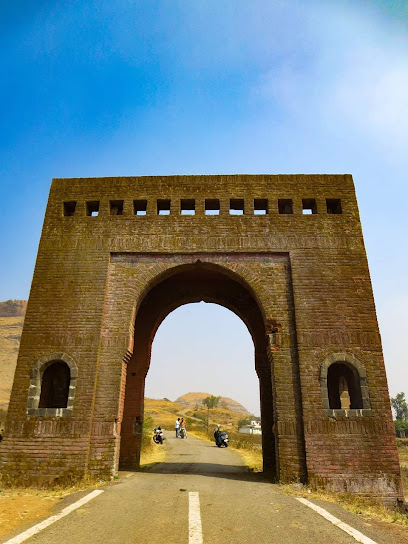
Panchavati Ghat
Discover the sacred serenity of Panchavati Ghat in Nashik, a spiritual destination rich in culture, history, and tranquility along the Godavari River.
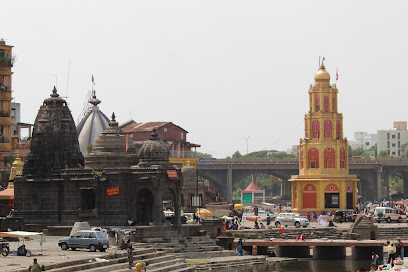
Dharmachakra Prabhav Mantradhiraj Choumukhi Parshvnath Shwetambar Jain Tirth
Discover serenity and spirituality at Dharmachakra Prabhav Mantradhiraj Choumukhi Parshvnath Shwetambar Jain Tirth, a stunning Jain temple in Maharashtra, India.
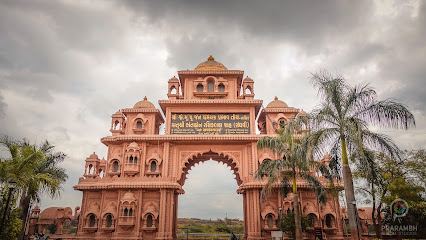
Bhaktidham
Explore Bhaktidham, a stunning Hindu temple in Nashik, where spirituality meets architectural beauty amidst serene surroundings.
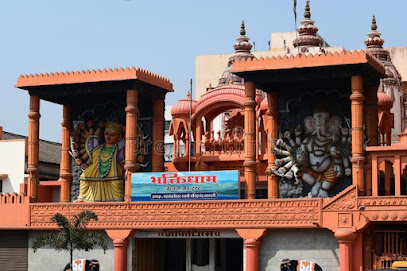
ISKCON Sri Sri Radha Madan Gopal Mandir - Nashik
Experience divine tranquility and vibrant spirituality at the ISKCON Sri Sri Radha Madan Gopal Mandir in Nashik, a must-visit for spiritual seekers.
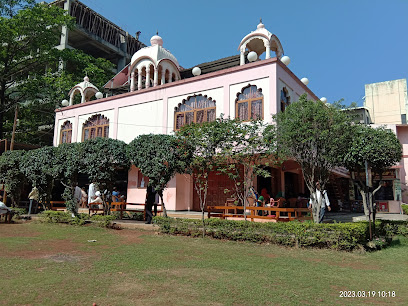
Unmissable attractions to see
Trimbakeshwar Jyotirling Mandir
Discover the spiritual essence of India at Trimbakeshwar Jyotirling Mandir, a divine destination for pilgrims and travelers alike in Maharashtra.
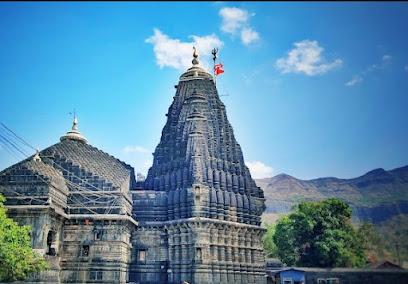
Sula Vineyards
Explore the enchanting world of winemaking at Sula Vineyards, Nashik - a perfect blend of nature, culture, and exquisite wines.
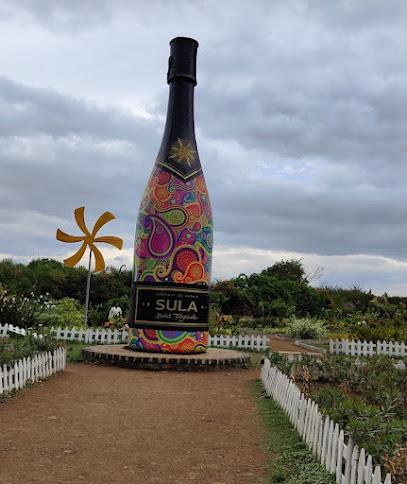
Shree Kalaram Mandir Sansthan
Experience the spiritual allure of Shree Kalaram Mandir, a historical Hindu temple in Nashik, revered for its architecture and tranquil ambiance.
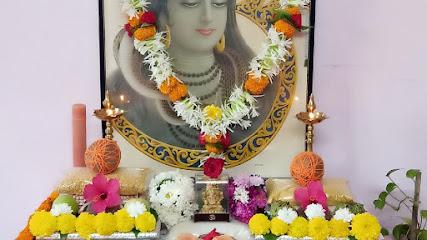
Someshwar Water Fall
Discover the breathtaking beauty of Someshwar Waterfall in Nashik, Maharashtra, where nature and tranquility come together in a spectacular display.
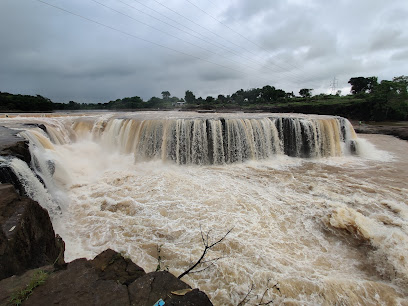
Shree Navshya Ganpati Mandir
Explore the spiritual haven of Shree Navshya Ganpati Mandir, a stunning Hindu temple in Nashik, Maharashtra, blending rich culture and serene spirituality.
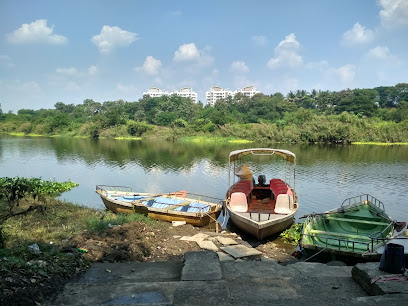
Shree Kapaleshwar Mahadev Mandir
Experience the tranquility and spiritual heritage of Shree Kapaleshwar Mahadev Mandir, a must-visit Hindu temple in Nashik, Maharashtra.
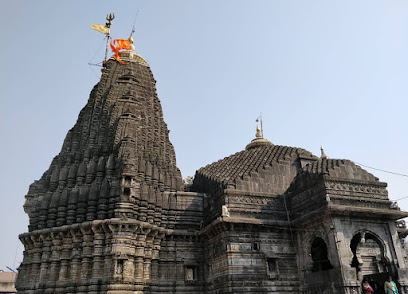
City Garden
Discover the serene beauty of City Garden in Nashik, a perfect park for relaxation amidst lush greenery and vibrant flowers.

Bhaktidham
Discover Bhaktidham, a serene Hindu temple in Nashik, where spirituality and culture come together in a beautiful setting.
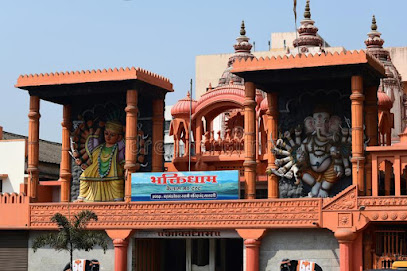
Artillery Museum
Discover India’s military prowess at the Artillery Museum in Nashik, showcasing a rich collection of artillery and military history.
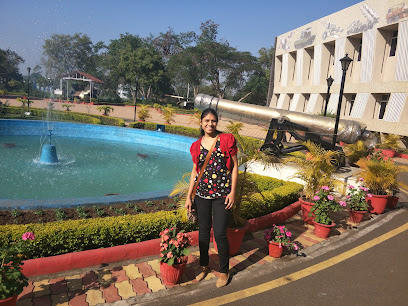
Shri Anna Ganapati Navgraha Siddhapeetham Nashik
Explore the serene Shri Anna Ganapati Navgraha Siddhapeetham in Nashik, a vibrant Hindu temple offering spiritual solace and rich cultural heritage.

Shrine of the Infant Jesus (Nashik)
Experience tranquility and spiritual reflection at the Shrine of the Infant Jesus in Nashik, a beautiful Catholic church surrounded by serene gardens.
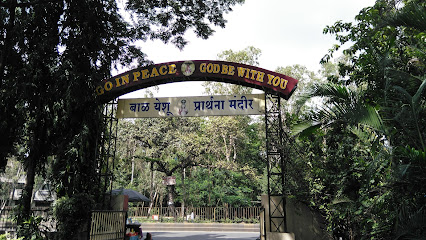
Chambar Leni
Explore Chambar Leni, a serene tourist attraction in Nashik, renowned for its archaeological marvels, scenic hiking trails, and a tranquil Jain temple.
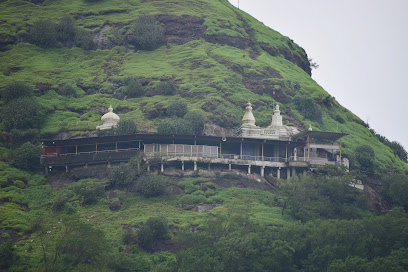
Coin Museum (Shanti-Krishna Museum of Money and History)
Explore the fascinating journey of currency and its impact on civilizations at the Coin Museum in Nashik, Maharashtra.
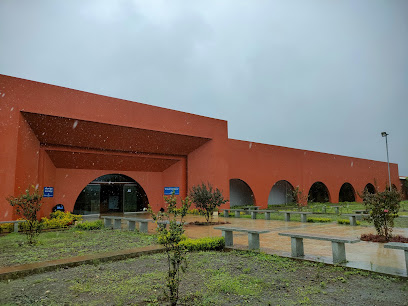
Sai Baba Temple
Explore the serene Sai Baba Temple in Nashik, a spiritual haven blending tranquility with rich cultural heritage in the heart of Maharashtra.
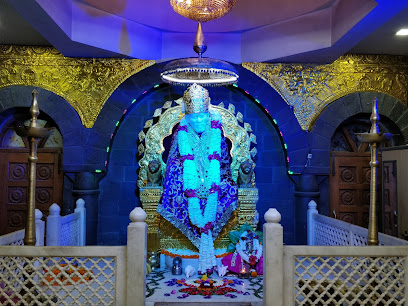
Naroshankar Temple
Explore the architectural beauty and spiritual serenity of Naroshankar Temple, a historic Hindu temple in Nashik, Maharashtra.
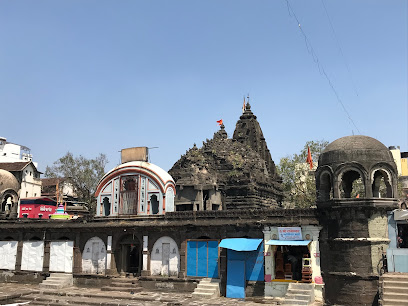
Essential places to dine
Sadhana Chulivarchi Misal
Explore the authentic flavors of Maharashtra at Sadhana Chulivarchi Misal, renowned for its delicious misal pav and inviting atmosphere.
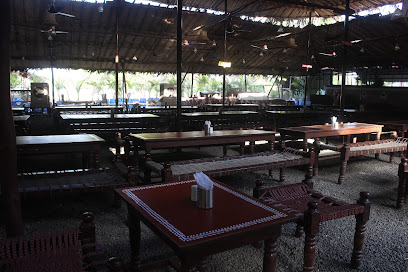
Shree Rajbhog Thali, Mumbai Naka | Best thali restaurant in nashik | Best food in Nashik | Veg thali in Nashik
Discover authentic Indian vegetarian cuisine at Shree Rajbhog Thali in Nashik—an unforgettable culinary journey awaits you.
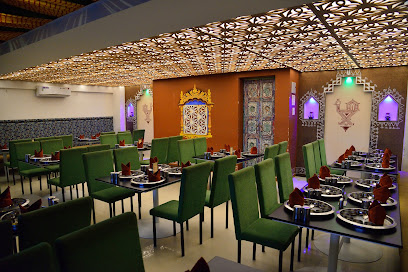
The Five Elements Restaurant
Discover the vibrant flavors of vegetarian cuisine at The Five Elements Restaurant in Nashik—where tradition meets modernity.
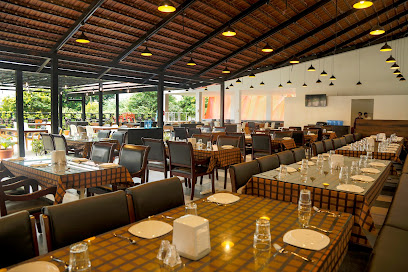
Curry Leaves Pure Veg , Jehan Circle
Discover authentic vegetarian delights at Curry Leaves Pure Veg in Nashik - a perfect blend of Indian, Punjabi, and Chinese cuisines.
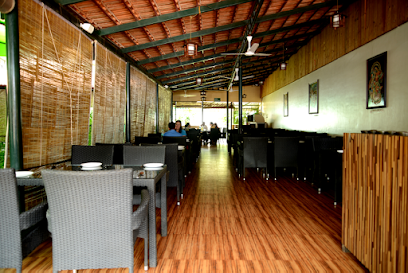
Bon Vivant
Discover Bon Vivant in Nashik - where diverse flavors meet exceptional dining experiences in a warm and inviting atmosphere.
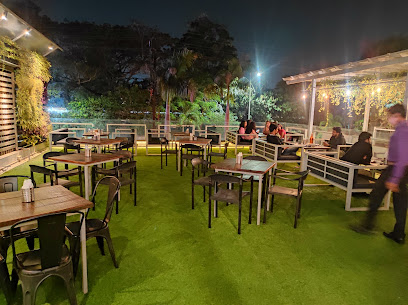
Veg Aroma
Discover the essence of vegetarian cuisine at Veg Aroma, where every dish tells a story of flavor and tradition.
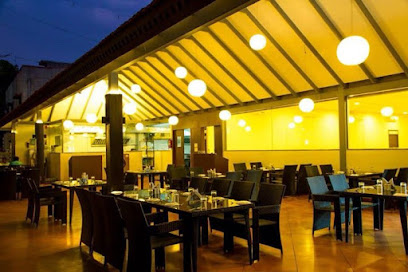
Udupi Tadka Gokul Pure Veg Restaurant Nashik
Experience authentic South Indian flavors at Udupi Tadka Gokul Pure Veg Restaurant in Nashik—where every bite tells a story.
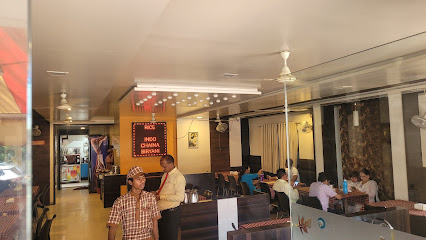
Divtya Budhlya Wada
Experience authentic Maharashtrian cuisine at Divtya Budhlya Wada in Nashik – where tradition meets flavor.
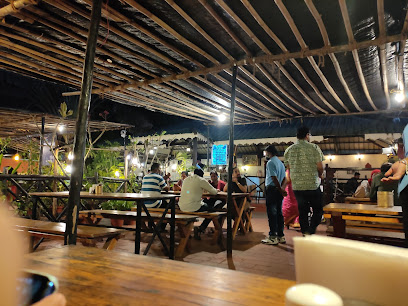
Barbeque Nation - Nashik - City Centre Mall
Experience the ultimate barbecue feast at Barbeque Nation in Nashik's City Centre Mall - where flavors come alive!
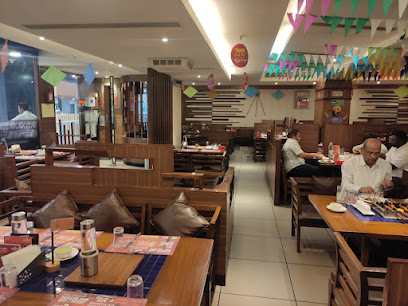
Kaka Ka Dhaba
Experience authentic Indian flavors at Kaka Ka Dhaba in Nashik - where every dish tells a story.
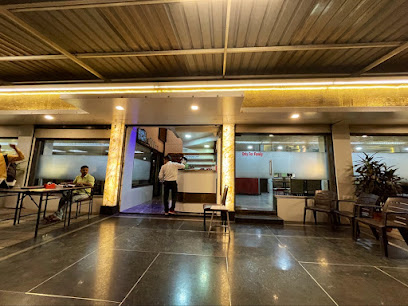
Al Arabian Express ( College Road)
Discover the flavors of Arabia at Al Arabian Express in Nashik - an essential stop for non-vegetarian food lovers.
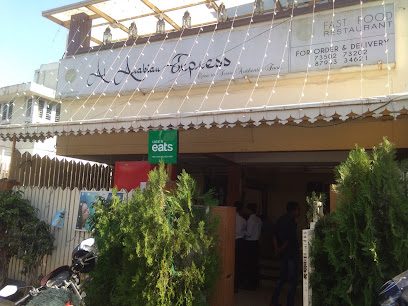
Kokni Darbar Restaurant
Experience authentic Mughlai cuisine at Kokni Darbar Restaurant in Nashik – home of the best Biryani and delicious seafood dishes.
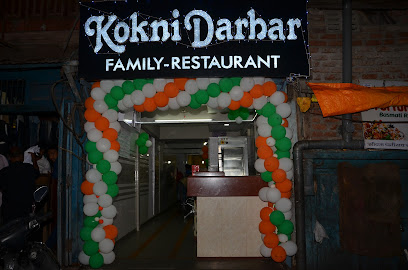
THE TEROTALE
Experience exquisite vegetarian dining at The Terotale in Nashik, where every dish tells a story and flavors come alive.
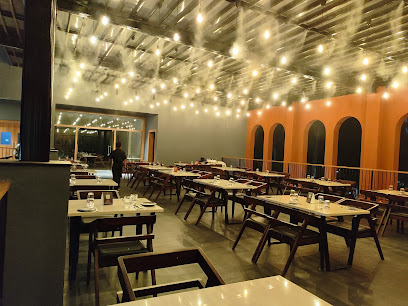
Yahoo Hotel
Discover the flavors of seafood, Indian delicacies, and more at Yahoo Hotel – Nashik's favorite family-friendly restaurant.
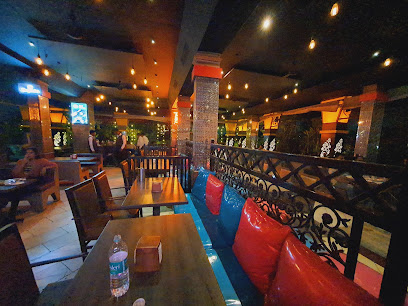
Modern Cafe Nashik
Experience the best of Indian cuisine at Modern Cafe Nashik—where tradition meets modernity in every bite.
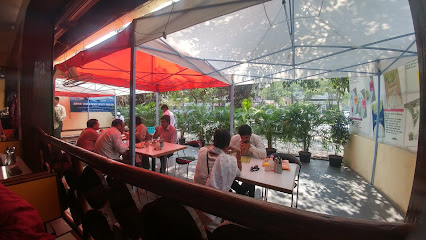
Markets, malls and hidden boutiques
Nashik City Centre Mall
Experience the ultimate shopping and entertainment destination at Nashik City Centre Mall, where vibrant retail meets delightful dining.
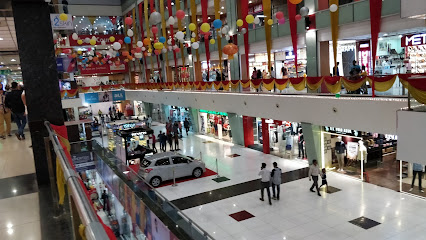
Sony Gifts Pvt Ltd
Explore Sony Gifts Pvt Ltd in Nashik for unique souvenirs and delightful gifts, showcasing creativity and local craftsmanship in every corner.
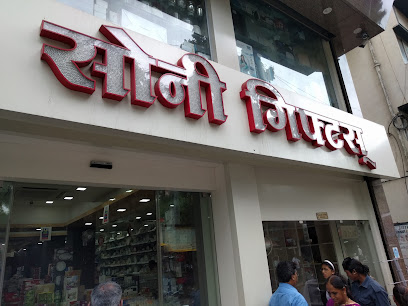
Unlimited Fashion Store - City Center Mall, Nashik
Discover the latest trends and timeless styles at Unlimited Fashion Store in Nashik's City Center Mall, your go-to destination for all things fashion.
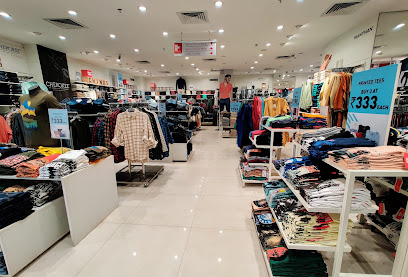
Shoppers Stop Nashik
Explore the ultimate shopping experience at Shoppers Stop Nashik, where fashion meets convenience and quality.
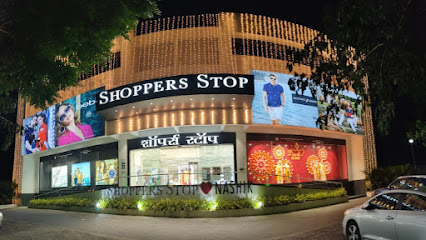
Stop 'N' Shop
Discover the fashion haven of Nashik at Stop 'N' Shop, where trendy clothing meets charming accessories and toys for all ages.
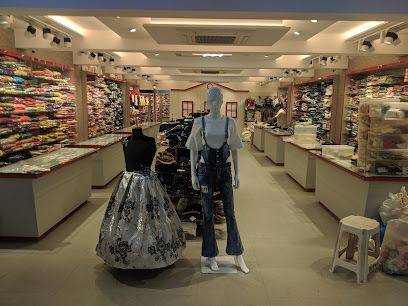
Sinduri SUPER MARKET
Discover unique gifts and exquisite chinaware at Sinduri SUPER MARKET in Nashik Road, the perfect spot for authentic souvenirs and local craftsmanship.

Arsh Collections
Explore Arsh Collections in Nashik for unique gifts, baby clothing, toys, and school supplies, celebrating local charm in every purchase.
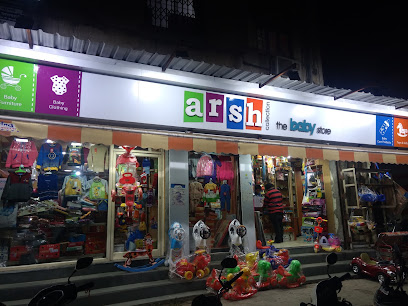
Rose Gallery
Explore the vibrant Rose Gallery in Nashik, a gift shop filled with unique crafts, cosmetics, and delightful souvenirs that capture the essence of local culture.
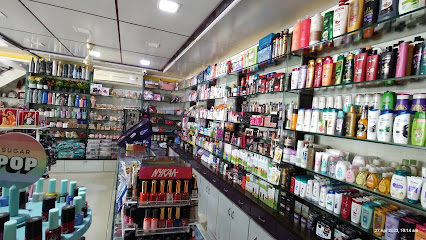
Ximi Vogue
Explore a vibrant shopping destination in Nashik at Ximi Vogue, where delightful gifts, cosmetics, and toys await every visitor.
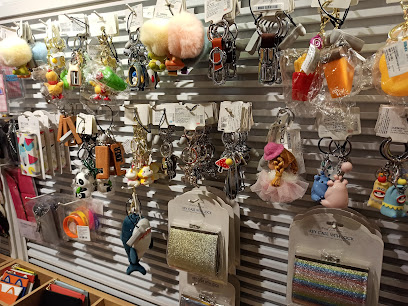
Unique Gifts and Toys World
Explore Unique Gifts and Toys World in Nashik - a treasure trove of delightful souvenirs and enchanting toys for all ages.
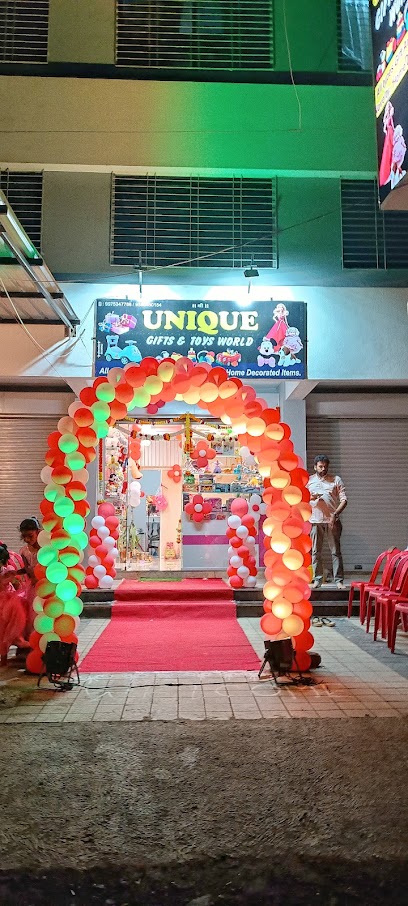
Ishita's Boutique
Explore Ishita's Boutique in Nashik for exquisite designer women's clothing, blending style and sophistication for the fashion-savvy traveler.

Unique Collection (The Complete Fashion Store)
Discover an exquisite selection of watches at Unique Collection, Nashik's premier fashion store for timepieces that transcend trends.
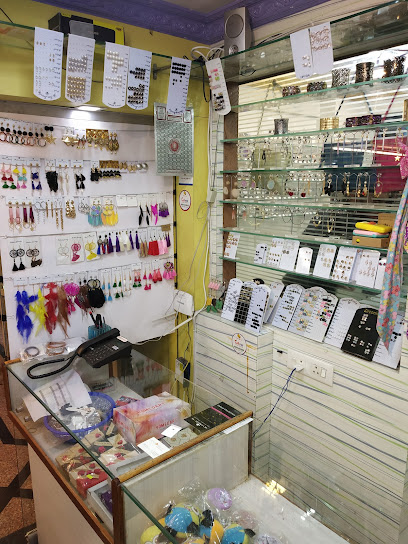
Shree Gifts & Toys
Discover unique gifts and toys at Shree Gifts & Toys, Nashik's vibrant shop offering a variety of cosmetics, novelties, and delightful treasures.

Shirude Gifts & General Stores
Explore unique gifts and local treasures at Shirude Gifts & General Stores in Nashik, perfect for souvenirs and delightful finds.

Ruchi Novelties & Gifts
Explore the charm of Nashik at Ruchi Novelties & Gifts, your destination for unique souvenirs and local treasures.

Essential bars & hidden hideouts
Tales & Spirits Bistro
Discover the vibrant fusion of modern European and Indian cuisines at Tales & Spirits Bistro, a premier bar and dining destination in Nashik.
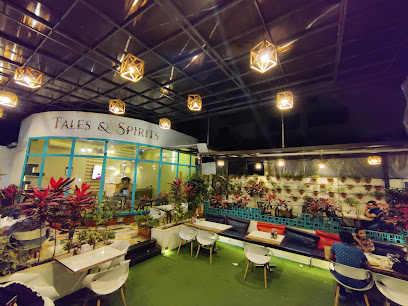
Red Chilly Spirits N Spices
Discover the vibrant flavors of India and beyond at Red Chilly Spirits N Spices in Nashik, where great food and a lively atmosphere await.
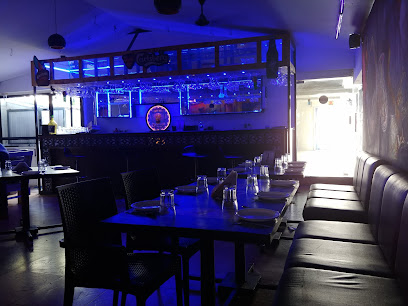
Air Bar
Experience the vibrant ambiance and exquisite culinary delights at Air Bar, Nashik's premier destination for dining and nightlife.
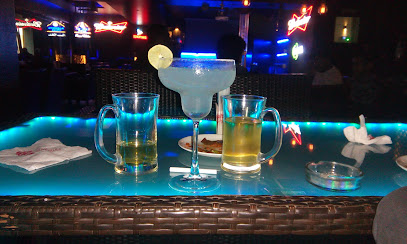
Fog City
Experience the vibrant nightlife of Nashik at Fog City, a bar offering a diverse drink menu and lively atmosphere perfect for unwinding after a day of exploration.
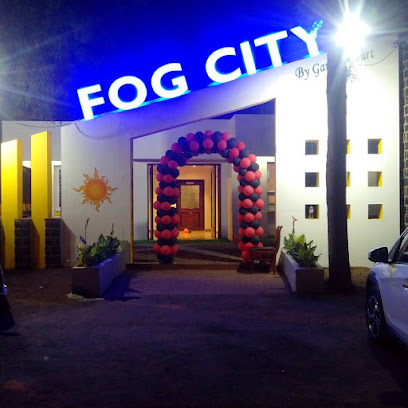
The Foundry
Experience Nashik's vibrant nightlife at The Foundry, where culinary delights meet an electrifying bar atmosphere.
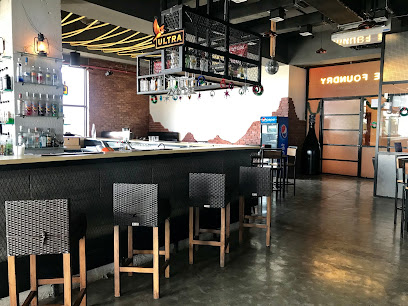
SHREE KUMARA BAR & RESTAURANT
Discover the perfect blend of vibrant atmosphere, delicious food, and refreshing drinks at Shree Kumara Bar & Restaurant in Nashik.
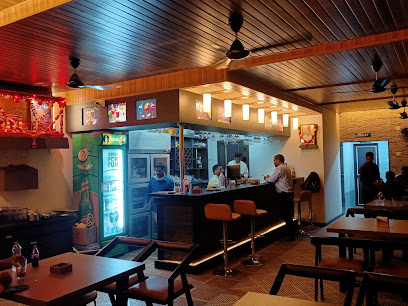
Hotel Mamas Bar And FAMILY Restaurant
Discover the essence of grill cuisine and vibrant bar culture at Hotel Mamas Bar And FAMILY Restaurant in Nashik.
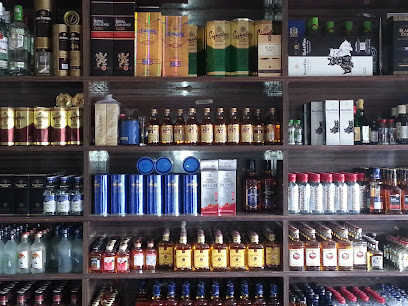
Hotel Darshan Bar & Restaurant
Discover the vibrant dining experience at Hotel Darshan Bar & Restaurant in Nashik, where exquisite flavors meet an inviting atmosphere.
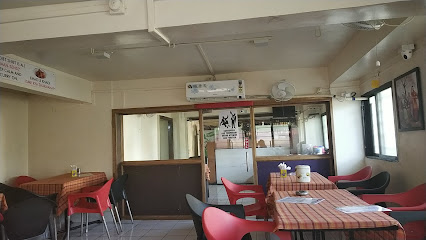
Hotel Bhairavi Bar & Restro-Reload
Discover the vibrant nightlife of Nashik at Hotel Bhairavi Bar & Restro-Reload, where great food and drinks await you in a lively atmosphere.

Maharaja Restaurant And Bar
Experience the best of Indian cuisine and vibrant nightlife at Maharaja Restaurant And Bar in Nashik.
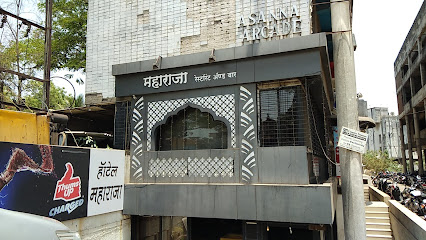
SUNNY Bar and Restaurant
Discover the lively ambiance and diverse menu at SUNNY Bar and Restaurant in Nashik, a top spot for food lovers and night owls.

Cowboys Cafe
Discover the perfect blend of vibrant bar atmosphere and comforting restaurant dining at Cowboys Cafe, Nashik – where food meets fun!
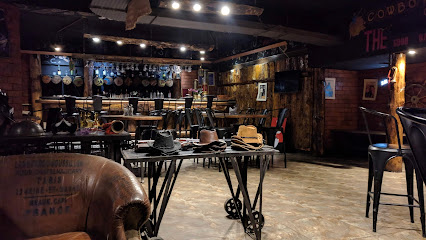
HOTEL STAR RESTAURANT & BAR
Discover the best of grilled cuisine and refreshing drinks at Hotel Star Restaurant & Bar in Nashik, perfect for an unforgettable dining experience.
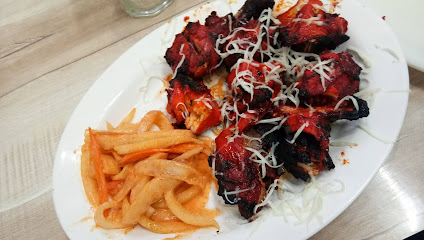
THE LIQUOR HOUSE RESTAURANT AND BAR
Discover the vibrant nightlife at The Liquor House in Nashik, where great drinks meet delicious food in a lively atmosphere.
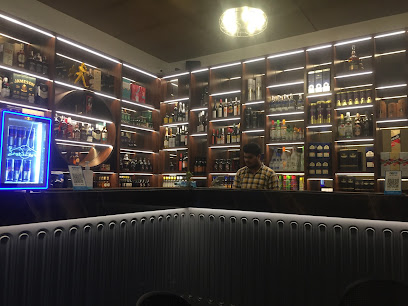
The Beer Café
Discover The Beer Café in Nashik: A perfect blend of grilled delights and a vast beer selection in a lively atmosphere.
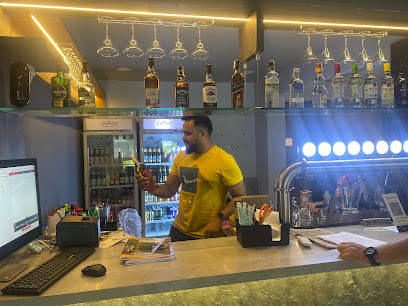
Local Phrases
-
- Helloनमस्कार
[Namaskar] - Goodbyeअलविदा
[Alvida] - Yesहो
[Ho] - Noनाही
[Naahi] - Please/You're welcomeकृपया
[Krupaya] - Thank youधन्यवाद
[Dhanyavaad] - Excuse me/Sorryक्षमा करा
[Kshama kara] - How are you?तुम्ही कसे आहात?
[Tumhi kase aahat?] - Fine. And you?ठीक आहे. आणि तुम्ही?
[Theek aahe. Ani tumhi?] - Do you speak English?तुम्हाला इंग्रजी येते का?
[Tumhala ingraji yete ka?] - I don't understandमला समजत नाही
[Mala samjat nahi]
- Helloनमस्कार
-
- I'd like to see the menu, pleaseमेन्यू पाहायचंया आहे. कृपया
[Menyu pahaychya aahe. Krupaya] - I don't eat meatमी मांस खात नाही
[Mi maans khat nahi] - Cheers!चियर्स!
[Cheers!] - I would like to pay, pleaseमला कर्ज भरायचंया आहे. कृपया
[Mala karj bharaychya aahe. Krupaya]
- I'd like to see the menu, pleaseमेन्यू पाहायचंया आहे. कृपया
-
- Help!मदत!
[Madat!] - Go away!निघुन जा!
[Nighun ja!] - Call the Police!पोलिसांना कॉल करा!
[Polisaanna call kara!] - Call a doctor!डॉक्टरांना कॉल करा!
[Doctoranna call kara!] - I'm lostमी हरलो
[Mi harlo] - I'm illमाझं आजार आहे
[Mazha aajar aahe]
- Help!मदत!
-
- I'd like to buy...मला विकत घेण्याचंया आहे...
[Mala vikat ghenyachya aahe...] - I'm just lookingमी फक्त पाहत आहे
[Mi fakt paahat aahe] - How much is it?त्याची किती किंमत आहे?
[Tyachi kiti kimat aahe?] - That's too expensiveते खूप महाग आहे
[Te khoop mahag aahe] - Can you lower the price?किंमत कमी करू शकता का?
[Kimat kami karu shakta ka?]
- I'd like to buy...मला विकत घेण्याचंया आहे...
-
- What time is it?आता किती वाजलं आहे?
[Aata kiti vaajl aahe?] - It's one o'clockएक वाजलं आहे
[Ek vaajl aahe] - Half past (10)(दहा) वाजलं झालं
[(Daha) vaajl zhal] - Morningसकाळ
[Sakal] - Afternoonदुपार
[Dupaar] - Eveningसंध्याकाळ
[Sandhyakaal] - Yesterdayकाल
[Kaala] - Todayआज
[Aaj] - Tomorrowउद्या
[Udya] - 1एक
[Ek] - 2दोन
[Don] - 3तीन
[Teen] - 4चार
[Char] - 5पाच
[Paach] - 6सहा
[Saha] - 7सात
[Sat] - 8आठ
[Aath] - 9नऊ
[Nau] - 10दहा
[Daha]
- What time is it?आता किती वाजलं आहे?
-
- Where's a/the...?एक/तो... कुठं आहे?
[Ek/To... kuthn aahe?] - What's the address?पत्ता काय आहे?
[Patta kaay aahe?] - Can you show me (on the map)?मला दाखवू शकतात का (नकाशावर)?
[Mala daakhavu shaktaat ka (Nakashavar)?] - When's the next (bus)?पुढा (बस) कधी आहे?
[Pudha (Bas) kadhi aahe?] - A ticket (to ....)एक तिकीट (.... ला)
[Ek ticket (.... La)]
- Where's a/the...?एक/तो... कुठं आहे?
History of Nashik
-
Nashik, a city steeped in ancient mythology, finds mention in the epic Ramayana. It is believed that Lord Rama, his wife Sita, and his brother Lakshmana spent a part of their 14-year exile in Panchavati, a region within Nashik. The city derives its name from the Sanskrit word 'Nasika,' which means 'nose,' referring to the episode where Lakshmana cut off the nose of Surpanakha, Ravana's sister.
-
Nashik has been a significant trading hub since ancient times. Located on the banks of the Godavari River, it served as a crucial junction for trade routes connecting the western coast with the interior regions of the Indian subcontinent. Archeological findings suggest that the city was a bustling center for commerce as early as the 1st century BCE.
-
During the 1st century BCE to the 2nd century CE, Nashik came under the rule of the Satavahanas. This dynasty is known for its patronage of arts and culture, as well as for promoting trade and commerce. Nashik's Pandavleni Caves, a group of 24 rock-cut caves, were constructed during this period and serve as a testament to the architectural prowess of the time.
-
In the medieval era, Nashik saw the influence of the Yadavas of Devagiri and later, the Delhi Sultanate. However, it was during the Mughal period that Nashik gained prominence again. The city was known as 'Gulshanabad' during the Mughal rule. Emperor Akbar and Aurangzeb both had a significant influence on the city's architecture and culture, leaving behind a legacy of Mughal gardens and structures.
-
Nashik emerged as a vital part of the Maratha Empire in the 18th century. Under the leadership of Chhatrapati Shivaji Maharaj and later the Peshwas, Nashik became a center of Maratha power. The city's strategic location made it a key military and administrative hub. The Maratha influence is still visible in the architecture and cultural practices of the region.
-
Nashik played a crucial role in the Indian independence movement. The city was a hotbed of revolutionary activities against British colonial rule. Notably, the Nashik Conspiracy Case of 1909, where Anant Kanhere assassinated British officer A.M.T. Jackson, marked a significant episode in the freedom struggle. The city also hosted several sessions of the Indian National Congress and was a center for Gandhian activities.
-
In contemporary times, Nashik has emerged as a rapidly growing city, blending its rich historical legacy with modernity. Known as the 'Wine Capital of India,' Nashik boasts numerous vineyards and wineries, contributing significantly to India's wine industry. The city is also a major pilgrimage site, attracting millions of devotees to the Kumbh Mela, held every 12 years on the banks of the Godavari River.
Nashik Essentials
-
Nashik is well-connected by various modes of transportation. The nearest airport is Nashik Gandhinagar Airport (ISK), which primarily caters to domestic flights. For international travelers, Chhatrapati Shivaji Maharaj International Airport (BOM) in Mumbai is the closest major international gateway, located about 170 kilometers away. From Mumbai, you can take a train, bus, or hire a taxi to Nashik. Nashik Road Railway Station is the main railway station, connected to major cities across India. Several state-run and private buses also operate regular services to Nashik from nearby cities.
-
Within Nashik, various transportation options are available. Auto-rickshaws are a popular and convenient way to get around the city. Taxis and app-based ride services like Ola and Uber are also available. Public buses operated by the Maharashtra State Road Transport Corporation (MSRTC) cover different parts of the city and outskirts. For a more flexible option, you can rent a car or a two-wheeler from local rental services.
-
The official currency in Nashik, as in the rest of India, is the Indian Rupee (INR). Credit and debit cards are widely accepted in hotels, restaurants, and larger shops. However, it is advisable to carry some cash, especially when visiting smaller establishments or local markets. ATMs are plentiful in Nashik, so withdrawing cash should not be an issue.
-
Nashik is generally a safe city for tourists, but standard precautions should be taken. Avoid isolated areas, especially after dark. Be cautious in crowded places to prevent pickpocketing. Specific areas like the Nashik Road area and some of the busier market streets can be hotspots for petty crimes, so always remain vigilant. It's advisable to keep your belongings secure and avoid displaying large amounts of cash or expensive items.
-
In case of an emergency, dial 100 for police assistance and 101 for the fire department. For medical emergencies, dial 108 for an ambulance. Nashik has several hospitals and clinics, such as the Nashik Civil Hospital and Wockhardt Hospitals, which provide emergency medical services. Pharmacies are also widely available for minor health issues. It is recommended to have travel insurance that covers medical emergencies.
-
Fashion: Do dress modestly, especially when visiting religious sites. Avoid wearing revealing clothing. Religion: Do respect local customs and traditions. Remove your shoes when entering temples and cover your head if required. Public Transport: Do be respectful and give up your seat to elderly passengers. Don't eat or drink on public transport. Greetings: Do greet people with a 'Namaste' or a handshake. A slight bow of the head is also a sign of respect. Eating & Drinking: Do try local delicacies and accept food offerings graciously. Don't refuse hospitality, as it is considered impolite.
-
To experience Nashik like a local, visit the local markets such as the Panchavati Market and the Saraf Bazar, where you can buy fresh produce and traditional Indian goods. Engage with locals, as they are often friendly and willing to share stories about the city's history and culture. Don't miss the chance to visit the vineyards, as Nashik is known as the 'Wine Capital of India.' For a unique experience, attend the Kumbh Mela if your visit coincides with this grand event, which takes place every 12 years.
Trending Landmark in Nashik
-
Sula Vineyards
-
Muktidham Mandir
-
Shree Kalaram Mandir Sansthan
-
Pandav Leni Caves
-
Someshwar Water Fall
-
Sita Gufa
-
Harihar Fort
-
Ashok Stambh
-
Shree Kapaleshwar Mahadev Mandir
-
Budha Halwai (Famous Jilebi)
-
Ramshej Fort
-
Panchavati Ghat
-
Dharmachakra Prabhav Mantradhiraj Choumukhi Parshvnath Shwetambar Jain Tirth
-
Bhaktidham
-
ISKCON Sri Sri Radha Madan Gopal Mandir - Nashik
Nearby Cities to Nashik
-
Things To Do in Mumbai
-
Things To Do in Aurangabad
-
Things To Do in Pune
-
Things To Do in Vadodara
-
Things To Do in Ahmedabad
-
Things To Do in Rajkot
-
Things To Do in Panaji
-
Things To Do in Udaipur
-
Things To Do in Bhopal
-
Things To Do in Goa
-
Things To Do in Nagpur
-
Things To Do in Jodhpur
-
Things To Do in Ranthambore
-
Things To Do in Pushkar
-
Things To Do in Jabalpur











